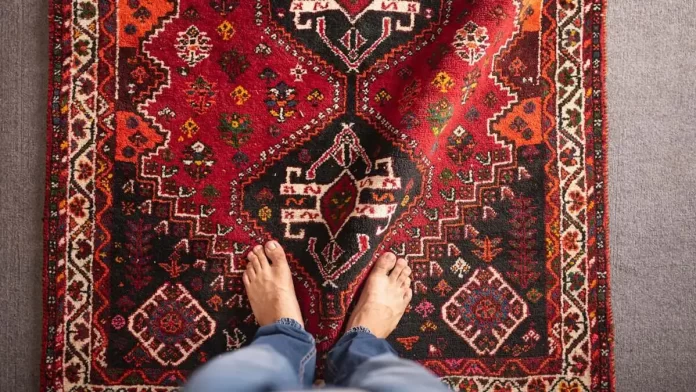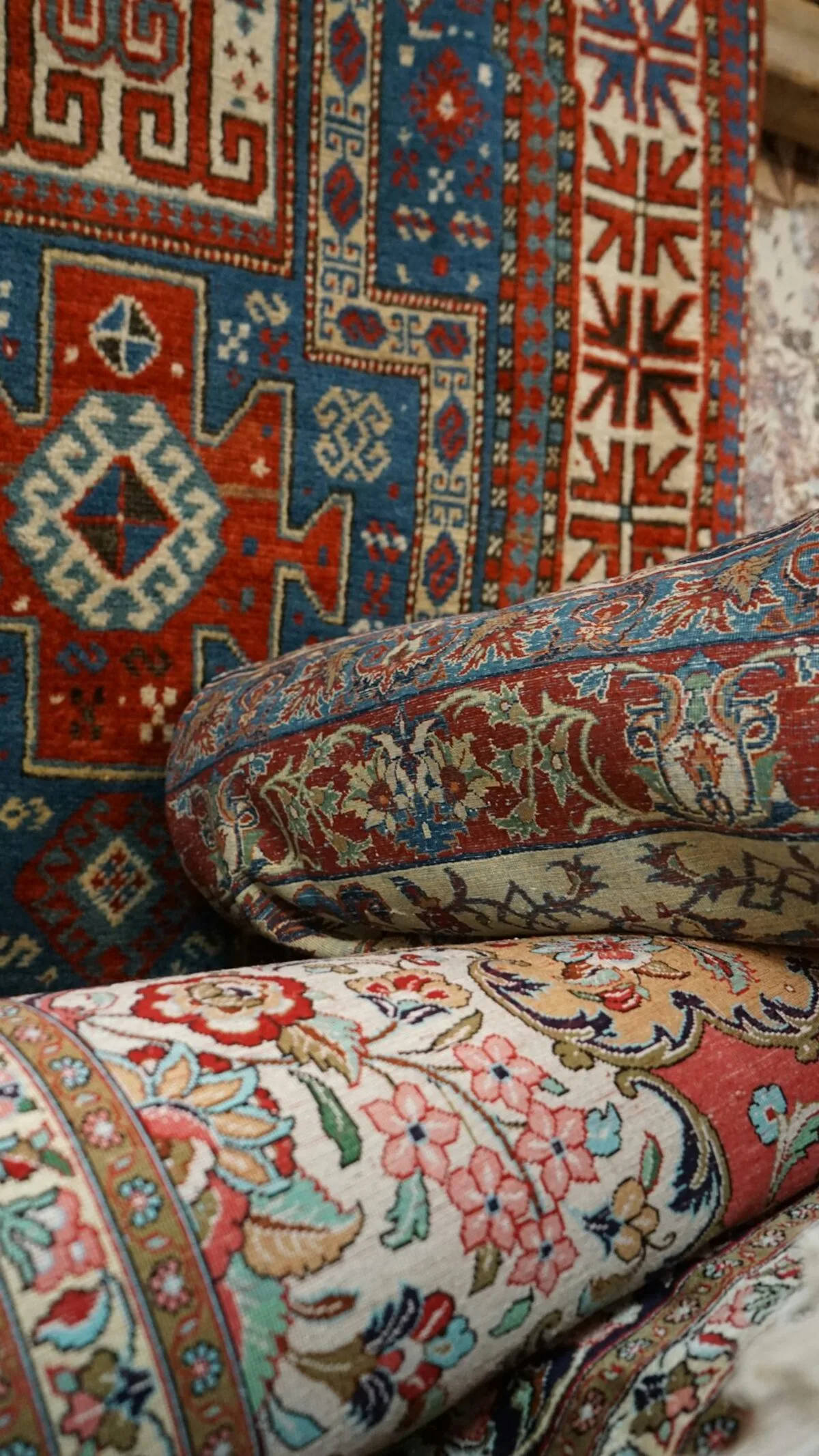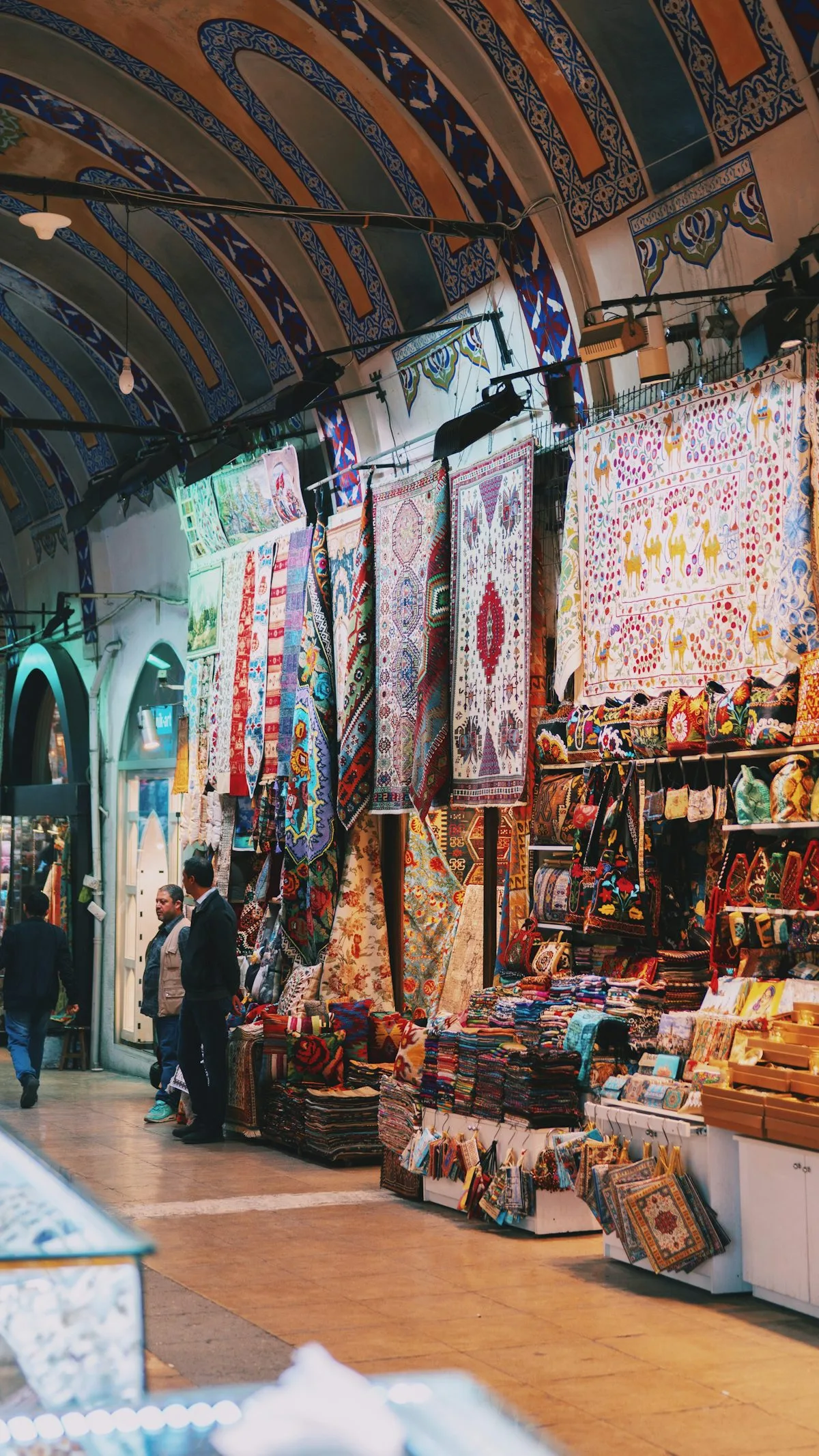The historic Kashan bazaar, nestled in central Iran and once a bustling hub on a major caravan route, has long been renowned for its exquisite silk carpets. These intricately woven rugs and carpet, celebrated globally, have now become symbols of a faltering industry struggling under the weight of economic sanctions and geopolitical tensions.
The unraveling of Iran’s nuclear deal with world powers and the subsequent escalation of hostilities with the West have severely impacted the country’s economy, particularly its traditional carpet weaving sector. According to government customs figures, rug exports, which soared past $2 billion two decades ago, have plummeted to less than $50 million in the Persian calendar year that ended in March.
This drastic decline has been exacerbated by a significant drop in tourism and mounting difficulties in conducting international transactions. As a result, many Iranian rugs remain unsold, and weavers find themselves working for meager wages—some earning as little as $4 a day.
“Americans were some of our best customers,” lamented Ali Faez, the owner of a dusty carpet shop within the bazaar. “Rugs are a luxury product and they were eager to buy it and they used to make very good purchases. Unfortunately, this has been cut — and the connection between the two countries for visitors to come and go has gone away.”
Kashan’s rug-weaving tradition, a craft recognized and inscribed on UNESCO’s list of the world’s “intangible cultural heritage,” is in jeopardy. This art form, predominantly carried on by women, involves skills passed down through generations. Weavers use natural materials like vine leaves and the skins of pomegranate fruit and walnuts to create dyes for their threads, with each rug taking months to complete.
The decline of this industry not only affects the economy but also threatens the cultural fabric of Iran. The painstaking craftsmanship and the rich heritage embedded in each rug face the risk of fading away as weavers struggle to sustain their livelihoods in these challenging times.
For now, the ancient arches of Kashan’s bazaar stand as silent witnesses to an unraveling legacy, a poignant reminder of the intersection between culture, economy, and international relations.






